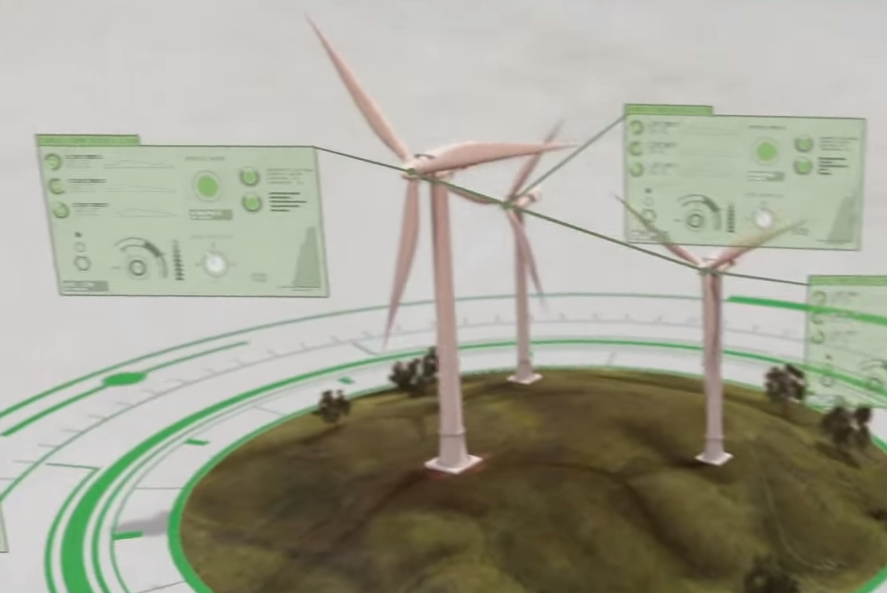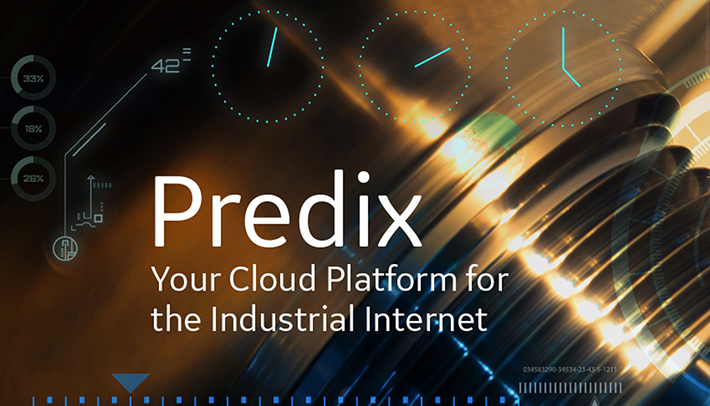
Unlocking the Hidden Benefits of Industrial Data

We’ve heard extensively about how companies are analyzing data born on the consumer Web to improve customer service, boost probability, and otherwise remake the business-to-consumer relationship. But industrial data is also experiencing an analytic revolution, and it promises to remake how work gets done on factory floors, along railroads, and in mining operations around the world.
The so-called industrial Internet journey is not nearly as well-documented as the big data revolution taking place on the public Web. But thanks to the “Internet of Things” explosion and the newfound willingness to monitor and track everything with sensors, corporations are rushing to find ways to boost productivity and effectiveness.
Take General Electric, for example. The lure of industrial analytics is leading GE Software to build 12 data centers around the world that will house Predix, a series of cloud-based offerings for corporations. “Predix is going to be the first industrial cloud of its time,” GE Intelligent Platforms CTO Rich Carpenter says.
Predix is not yet online, but when it does go online (perhaps by this fall), it’s going to make a slate of industrial analytic services available to other large manufacturing and industrial outfits, Carpenter says.
“A lot of the initial applications will be reliability centered and oriented around monitoring and predictive diagnostics,” he tells Datanami. “Then not too far after that, we’ll be doing a lot of work in the brilliant factory area, where we’ll change the typical approach to manufacturing systems.”
Getting After IoT
There’s a lot of low-hanging fruit to be gathered in the industrial analytics arena, Carpenter says. “They’re blind to even simple things in a lot of these plants,” he says. “They don’t know what machines are running, or which machines are supposed to be running and which ones are not because nothing is scheduled.”
Just getting network connectivity to the equipment on the factory floors can be a challenge. Much of the equipment can be decades old, Carpenter says, meaning it came online before Internet connectivity was prevalent. But the challenges are not insurmountable: GE develops so-called “field agents” that can to tap into pieces of equipment and “phone home” with data over a secure line.
Once the plant is instrumented, the next step is monitoring the equipment and making it visible to management. A machine may go down repeatedly throughout the day, requiring an operator to press a button to get it back online. It doesn’t show up as a problem, but it’s certaininly costing time and money. “That’s why getting things connected and getting things visible is a prime target in what we’re trying to accomplish when we first bring customers into the industrial Internet journey,” Carpenter says.
While the connectivity poses a challenge, manufacturers looking to the IoT have an advantage that the Internet companies don’t: the cloud architecture has already been defined, with the likes of Hadoop and Cassandra, Carpenter says.
“I think [the industrial Internet] is going to happen a lot faster than in the consumer Internet, just because the pattern is well established,” he says. “And our industry hasn’t really changed that much in 20 years. They’re ready for a change. Every customer I talk to is saying, you can’t move fast enough.”
Mining Industrial Data
The next step in the journey can be a tougher one, but it also holds the promise for the biggest return. After enough data has been gathered to provide a representative sample, GE Software’s data scientists can dig into it to pick out the nuggets of meaningful info that can lead to transformative change in operations.
“ I may have a million sensor readings in a manufacturing plant, but it’s not obvious when you walk down the assembly line which ones are related,” Carpenter says. “By having that data, and having experts who can look at it and understand the correlations, we can find relationships that we didn’t know existed. That’s part of what the big data, data scientists are doing on a daily basis.”
I may have a million sensor readings in a manufacturing plant, but it’s not obvious when you walk down the assembly line which ones are related,” Carpenter says. “By having that data, and having experts who can look at it and understand the correlations, we can find relationships that we didn’t know existed. That’s part of what the big data, data scientists are doing on a daily basis.”
Whereas 20 years ago, manufacturers would follow the tenants of Six Sigma to achieve efficiency gains, now it’s all about big data.
“It’s kind of a different world than the black belt in days of Six Sigma, where they were always trying to fix a known problem,” Carpenter says. “With big data, you don’t always know what opportunities there are until you get the new breed of Six Sigma engineer, which are called data scientists, to actually look at the data, to find the hidden correlations, to understand the implications of the correlations, so then you can extract the insights and get the value of that data.”
How much of a change are we talking about? According to GE’s transportation division, getting trains to run just one mile per hour faster over the course of a year translates into billions of dollars in higher profits. “Those are the kinds of numbers we’re talking about, small changes have phenomenal impact on the profitability of some of these operations,” Carpenter says.
GE is currently own biggest customer so far with the infrastructure behind Predix; it’s currently managing about 300,000 assets on behalf of its customers, including airlines, chemical manufacturers, and railroads. In just a few short years, as the IoT picks up steam and Predix comes online, GE plans to be managing tens of millions of assets for its customers.
By that time, if all goes as planned, the IoT will no longer be what Gartner considers “the most hyped technology” of the day, but rather just another application running on the network.
Related Items:
The Secret to Generating Value from IoT Data
How GE Drives Big Machine Optimization in the IoT
Most Hyped Tech: Big Data Out, IoT In































Alex,
Interesting article. At the SAP user conference last week we learned about great potential advantages for industrial firms to embrace IoT. It also was clear that many SAP customers are only starting to mix external data like sensor feeds with their traditional SAP data. New platforms like Hadoop are under investigation.
– Kevin Petrie, http://www.Attunity.com
https://www.linkedin.com/pulse/mr-cio-tear-down-wall-kevin-petrie?trk=prof-post